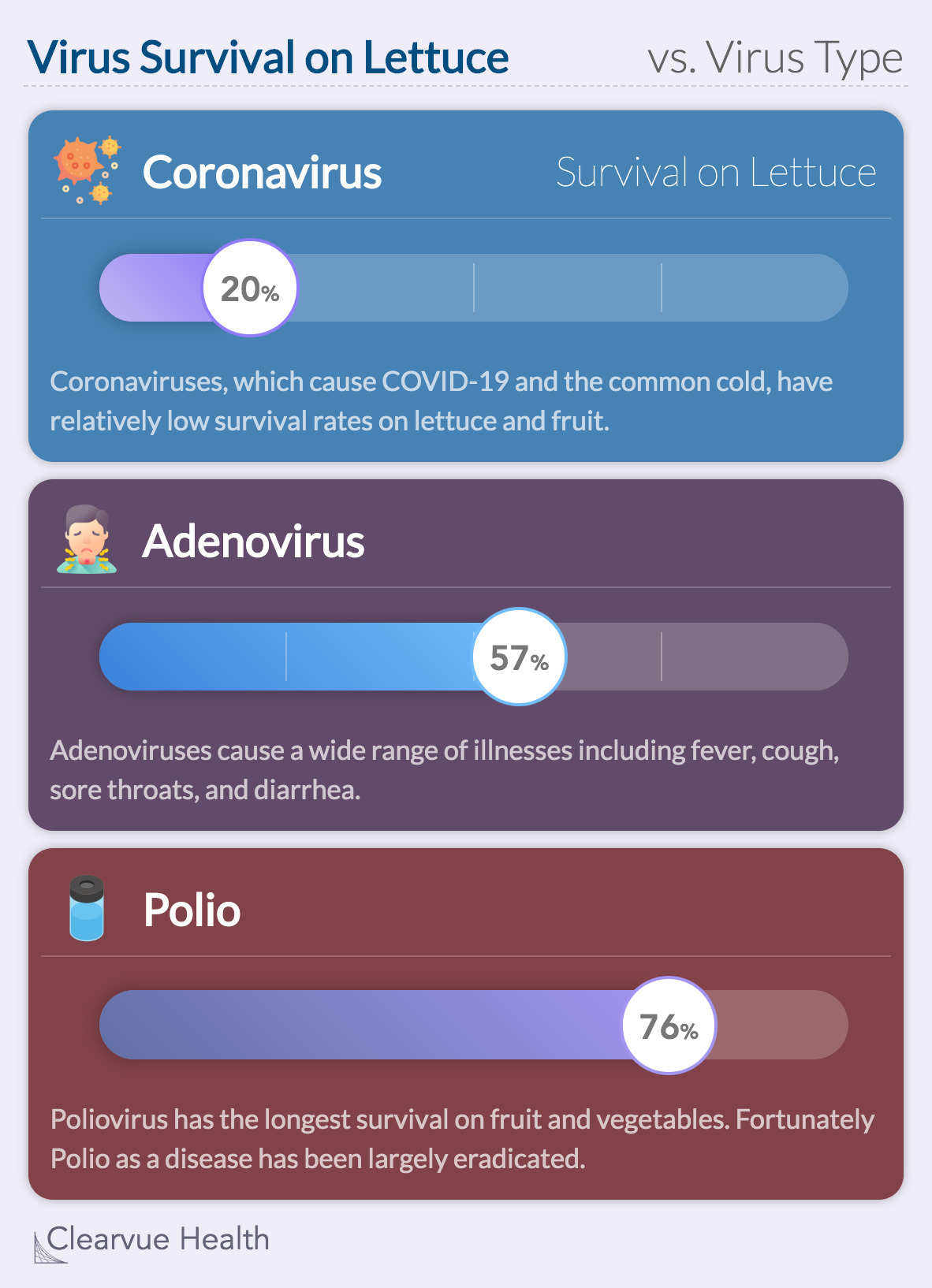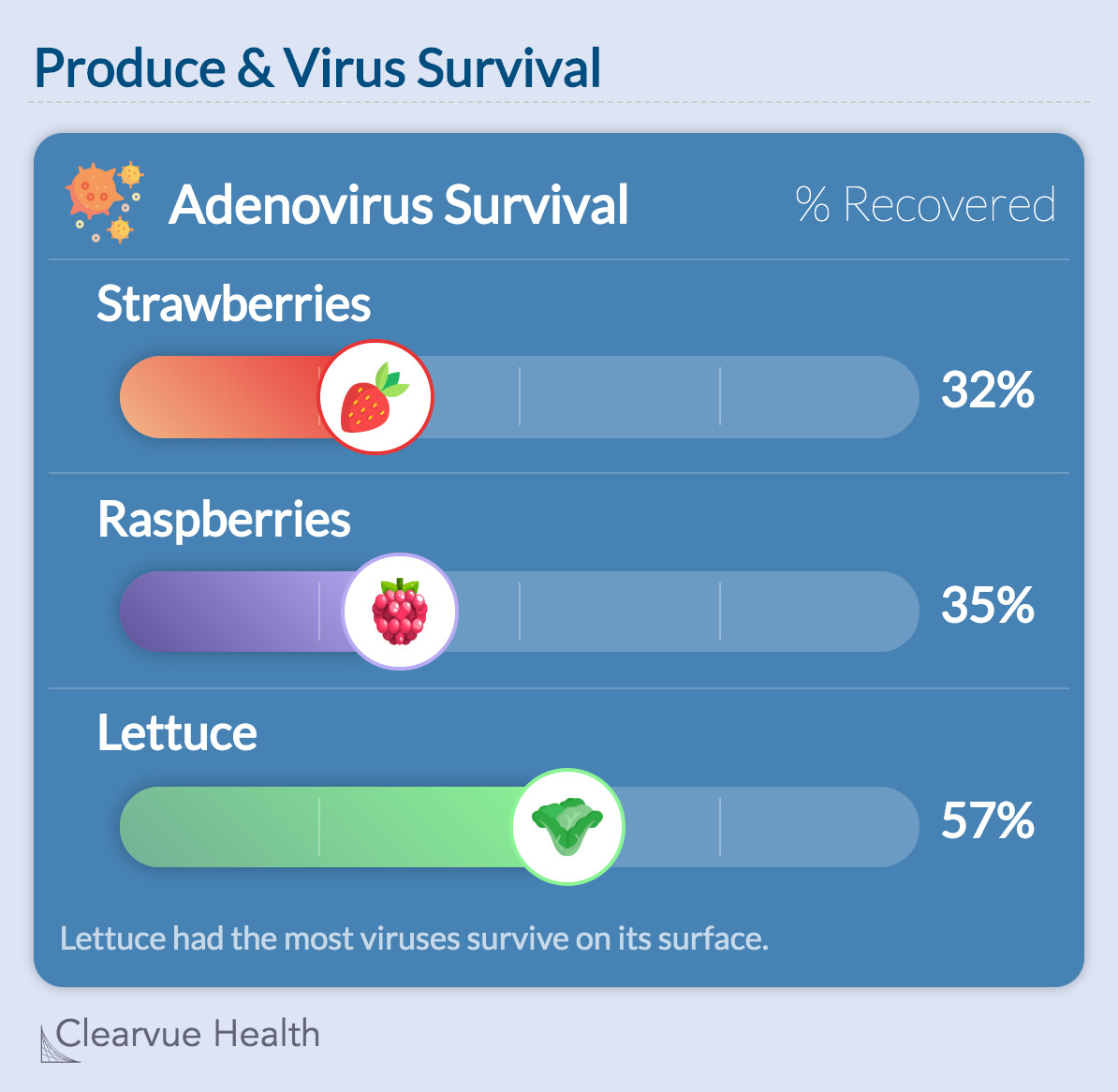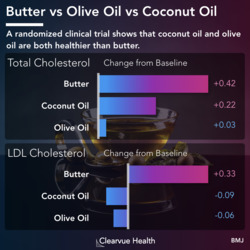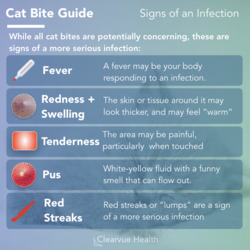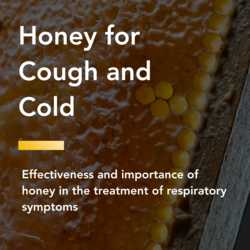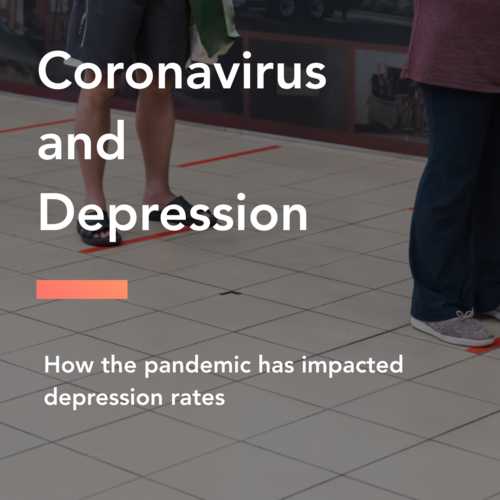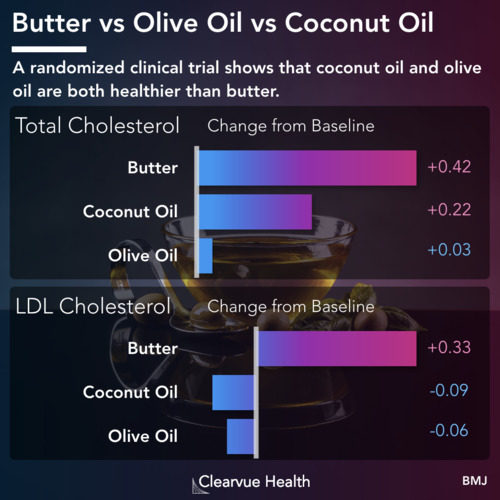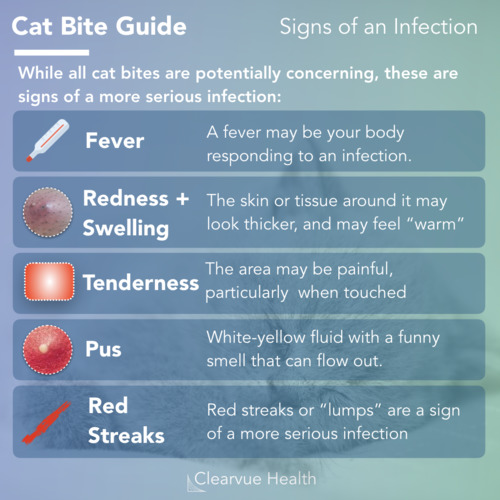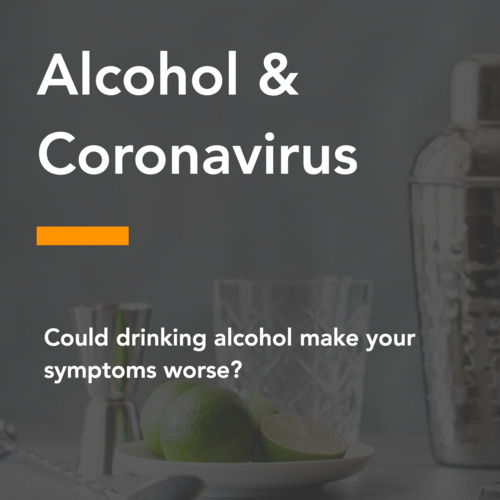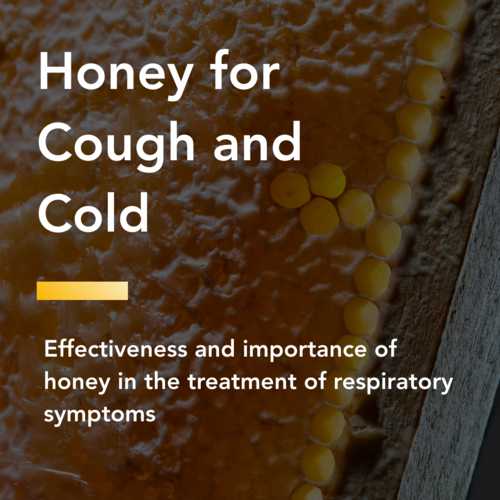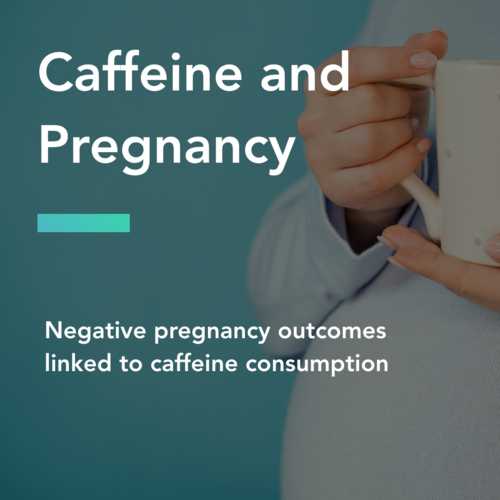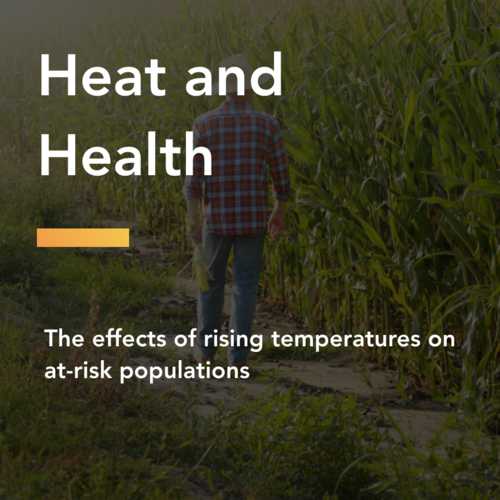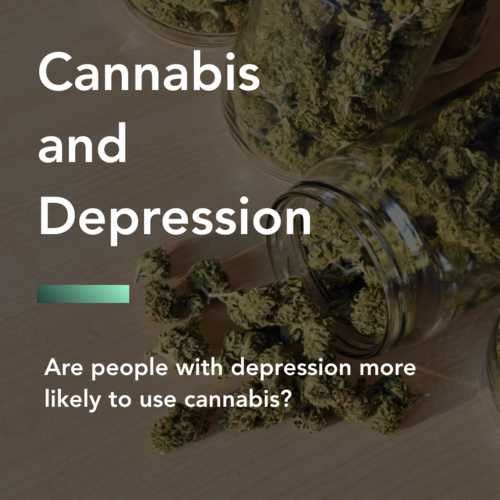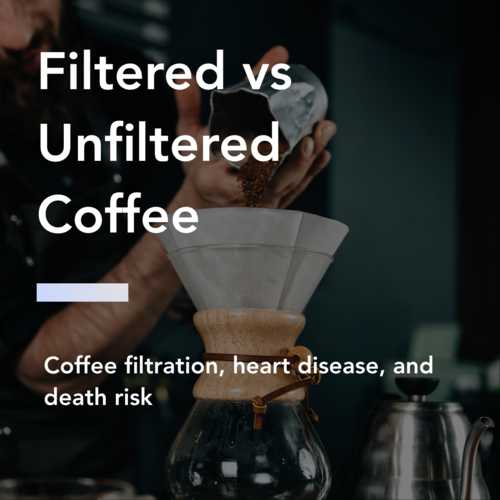How long does a virus live on fruit?
For weeks now, it seems like we’ve been cleaning and disinfecting everything- shoes, toys, kitchen counters, facemasks… just to name a few. We are cautioned against touching shared services, especially in public spaces.
It’s hard to think about all the hands that have may have touched our fruits and vegetables before we put them in our morning smoothie at home. It is also likely that the produce is not covered in plastic wrap or in a container. Packers, deliverers, grocery workers, and fellow grocery shoppers have all come in contact with the produce.
In this article, we explore the data on viruses that can live on fresh produce.
Can respiratory viruses live on fresh produce?
Yes. The surfaces of fruits and vegetables are known to hold viruses. In 2013, researchers wanted to measure how long respiratory viruses could last on a variety of fruits and vegetables.
The produce was placed into sample trays and mixed around with a viral solution. The bowls were then stored in a chill lab, similar conditions to your local markets produce section, and tested periodically for viral load.
Each virus was tested for survival on lettuce. Coronavirus turned out to be the least stable virus, meaning its viral load decreased more rapidly than the other virus.
Source
Adenovirus was more stable and took longer to decline. The difference between the starting points of strawberries and raspberries may be due to an uneven distribution of the viral solution.
Researchers thought that the virus may survive best on lettuce because of its uneven surfaces.
Coronavirus turned out to be the least stable virus, meaning its viral load decreased more rapidly than the other virus. After four days, little to no coronavirus could be detected.
Coronavirus & Lettuceby day
The data suggest that respiratory viruses may live on fresh produce for several days at a temperature commonly used in the market or average consumer’s household.
Respiratory viruses can survive on hands for significant periods of time and may transfer from hands to produce and back again. This data are important in determining the risks of exposure over time following the potential contamination of produce. There will always be a risk of infection from contaminated food, especially without regular prevention.
What does the FDA say?
The FDA tells us that COVID-19 is spread from person-to-person instead of inside the food. In other words, you can avoid the virus by cleaning the outside of the produce and practicing good food safety.
